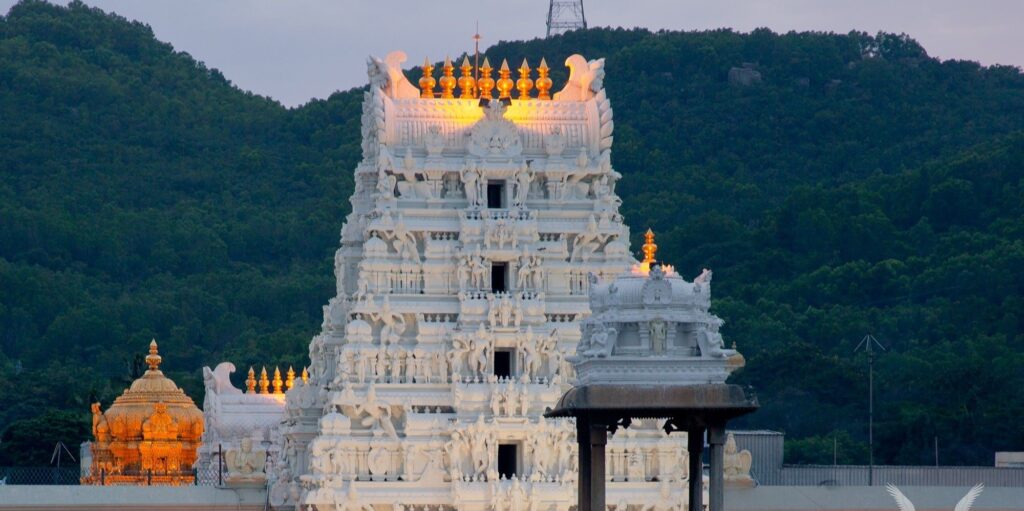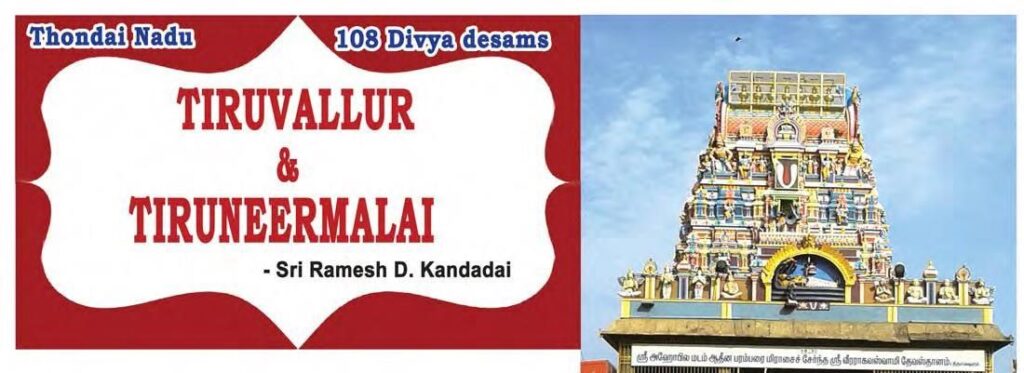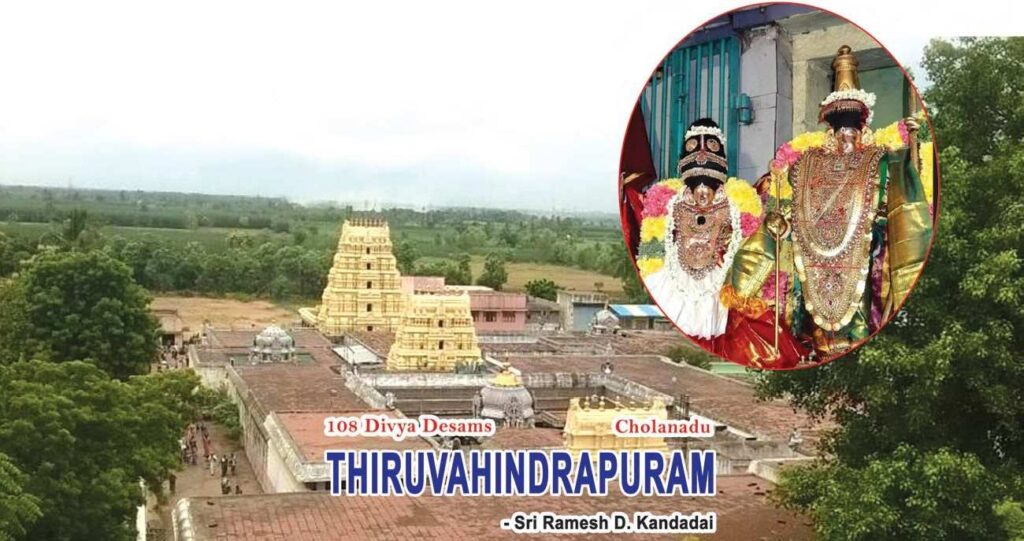Sri Parthasarathy Swamy Temple – Location Tiruvallikeni temple is located in the heart of the city of Chennai on the shores of the Bay of Bengal. One of the first three Alwars identified it. It is probably one of the oldest structures in Chennai with approximately 1400 years of history. The temple appears to have Read More
Tag: divyadesam
A DivyaDesam or Vaishnava Divya Desam is one of the 108 Vishnu and Lakshmi temples that is mentioned in the works of the Alvars, there are a total of 108 Divya Desams.
Sri Sthala Sayana Perumal Temple, Mahabalipuram (Divya Desams)
Sri Sthala Sayana Perumal Temple Location & Introduction: This temple is located approximately seventy km due south of Chennai on the shores of the Bay of Bengal in a small town called Mahabalipuram. Click here for the temple location on Google Maps Sri Sthala Sayana Perumal Temple Sthalapuranam According to legend, Pundarika Maharishi wished to Read More
Divya Deshams: The 108 Sacred Vishnu Temples of India
Everything about Divya Deshams Ritual is an external demonstration of religion. It provides a scope for us to observe religion outwardly. It is akin to the feet of religion. It may not be the essence of the religion, yet it is not a non-essential part of the religion. It is, so to say, an outer Read More
Tiruneermalai Neervanna Perumal Temple (108 Divya Desams)
Tiruneermalai Neervanna Perumal Temple (Thondai Nadu) Location This temple is located just a few km west of the Chennai inner ring road, Chennai. It is very accessible from Tambaram. Sthalapuranam The sage Valmiki came down to this hill after worshipping the three forms of Lord Ranganatha, Lord Nrusimha and Lord Trivikrama feeling dissatisfied because he Read More
Sri Veera Raghava Perumal, Tiruvallur (108 Divya Desams)
Thondai Nadu – Lord Sri Veera Raghava Perumal – Tiruvallur Location and Introduction Tiruvallur is located nearly 30km west of Chennai and just north of the Chennai-Bengaluru Expressway. Click here for the Temple Location (Google Maps) Sthalapuranam According to legend, the sage Salihotra used to grind rice into flour and share half of it with Read More
Ennai Petra Thayaar samedha Bhaktavatsala Perumal Temple – Tirunindravur – 108 Divya Desams
Arulmigu Ennai Petra Thayaar samedha Bhaktavatsala Perumal Temple – Tirunindravur Tirunindravur (30 km off Chennai to the west) is a suburb of Chennai off the Chennai- Bengaluru highway. Sthalapuranam Legend has it that Mahalakshmi (Thiru) became angry with Samudrarajan and came away from Srivaikuntam to reside here. Even Samudrarajan’s best efforts could not convince her Read More
Sri Vaikunta Perumal Temple (Tiruparameswara Vinnagaram) – 108 Divya Desams
Tiruparameswara Vinnagaram (better known as Vaikunta Perumal Temple) is located in Kanchipuram, 70 km west of Chennai. Sri Vaikunta Perumal Temple – Sthalapuranam Legend has it that the dwara palakas of Mahavishnu were born as Pallava and Villava and they performed Ashwamedha yajnam at the temple’s location. The Lord gave darshan as Parameswaran or Vaikuntanathan Read More
Sri Devanayakan Temple, Thiruvahindrapuram (108 Divya Desams)
Sri Devanayakan Temple Thiruvahindrapuram – Location The distance between Thiruvahindrapuram and Chennai is 200 km. It is towards the west of the town of Cuddalore. Thiruvahindrapuram is one of the most famous Divya Desams. A part of the temple is at the ground level whereas the other half is on a small hillock. The temple’s Read More
Thirukavalampadi & Thiruarimeyavinnagaram & Thiruvannpurushutamam (108 Divya Desams)
(All parts of the Thirunangur Eleven) Location – As it can be seen from the map, these Divya Desams are located at a distance of 150 km east of Srirangam and close to the town of Mayiladuthurai. These are the 6th, 7th and 8th of Divya Desams of the Thirunangur Eleven. THIRUKAVALAMPADI Sri Rajagopala Swamy Read More
Sri Soundaraja perumal temple, Thirunagai (108 Divya Desams)
Sri Soundaraja Perumal Temple Location Sri Soundaraja Perumal temple, Thirunagai Divya desam is located just a little off the coast of the Bay of Bengal near Nagapattinam is a cluster of divya desams scattered around. Three of these small villages/ towns are what we will look into today. Thirunagai – This is a town located Read More



